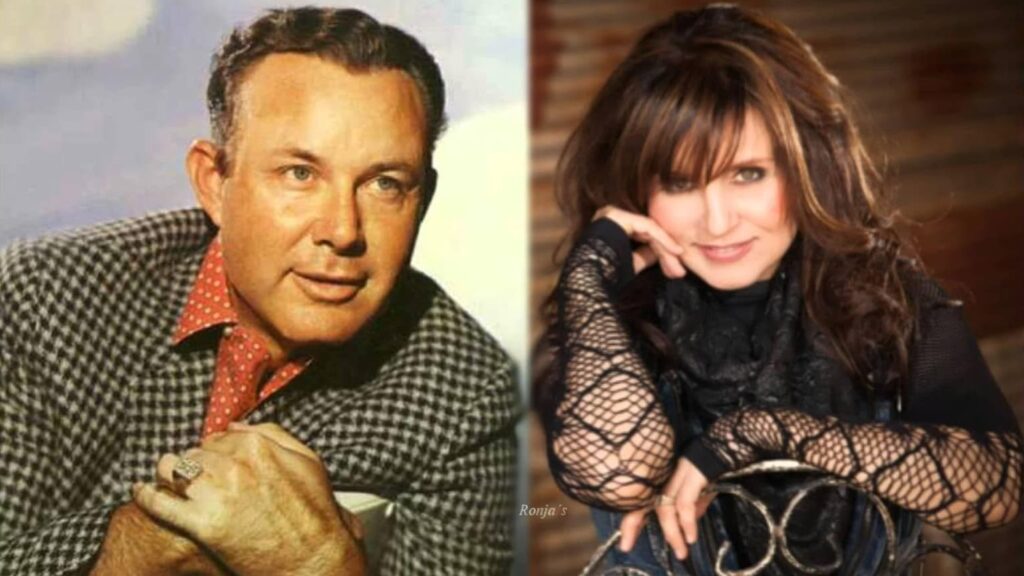
Jim Reeves and Deborah Allen’s “Don’t Let Me Cross Over”: A Timeless Echo of Temptation and Regret
For those of us who lived through the golden age of Country Music, there are certain songs that don’t just play—they resonate, stirring up memories of simpler times and the deep, abiding truths about the human heart. The 1979 “duet” of Jim Reeves and Deborah Allen performing “Don’t Let Me Cross Over” is one such treasure. It’s a remarkable piece of musical history, a testament to the enduring power of a song and the magic of studio innovation, even reaching the No. 10 position on the Billboard Hot Country Singles chart long after “Gentleman Jim” had passed on.
Now, for those who truly know their Country classics, this song first belongs to the husband-and-wife team of Carl Butler and Pearl. Their original 1962 recording was a powerhouse, rocketing to the No. 1 spot on the Billboard Country Singles chart for a non-consecutive 11 weeks, cementing its status as a foundational country standard. The song’s brilliance lies in its raw, desperate plea—a classic country heartbreak number penned by Penny Jay that confronts the very real temptation of a forbidden love. It’s a conversation with the self, wrestling with the “crossing over” from loyalty and commitment into the sweet, dangerous territory of an affair. It speaks directly to the soul of anyone who has ever stood at that precipice, feeling the magnetic pull of what they shouldn’t have.
The story behind the Jim Reeves and Deborah Allen version is fascinating, a clear example of how much the world missed “Gentleman Jim” after his tragic, untimely death in 1964. Reeves himself had recorded a solo rendition of the song in 1963 for his album Good ‘N’ Country. Fast-forward to 1979, and producer Bud Logan had the ingenious idea of creating a posthumous duet. He took the established track featuring Reeves’s famously smooth baritone and added a newly recorded vocal track by the talented, up-and-coming country singer Deborah Allen.
This studio wizardry was more than just a novelty; it was an act of preservation, bringing Reeves’s velvet voice back to the airwaves for a new generation, paired beautifully with Allen’s clear, heartfelt delivery. The resulting single resonated deeply, proving that Reeves’s legacy was far from over. It became one of his many posthumous hits and, notably, paved the way for other successful electronic duets, most famously with the equally departed Patsy Cline on “Have You Ever Been Lonely (Have You Ever Been Blue).”
For those of us who listened to country radio in those years, this record, the Jim Reeves and Deborah Allen collaboration, felt like a precious gift. It was a bridge between the classic Nashville Sound of Reeves—smooth, lush, and sophisticated—and the evolving sounds of the late 70s. The song’s enduring meaning remains its core power: a stark, emotional confrontation with fidelity. It is a shared cry for strength: “Don’t let me cross over to the side of the street where I can see you,” the lyric begs, knowing that to see the forbidden love is to risk everything. It is a mature, reflective piece that allows the listener to contemplate the true cost of a momentary indiscretion.
It’s easy, looking back now, to appreciate the craft and the sheer emotional honesty that made this song such a perennial favorite. It’s not about giving in; it’s about the hard-fought resistance to temptation, and that, my dear reader, is a sentiment that truly stands the test of time, speaking volumes to those of us who have lived long enough to know the weight of our choices.